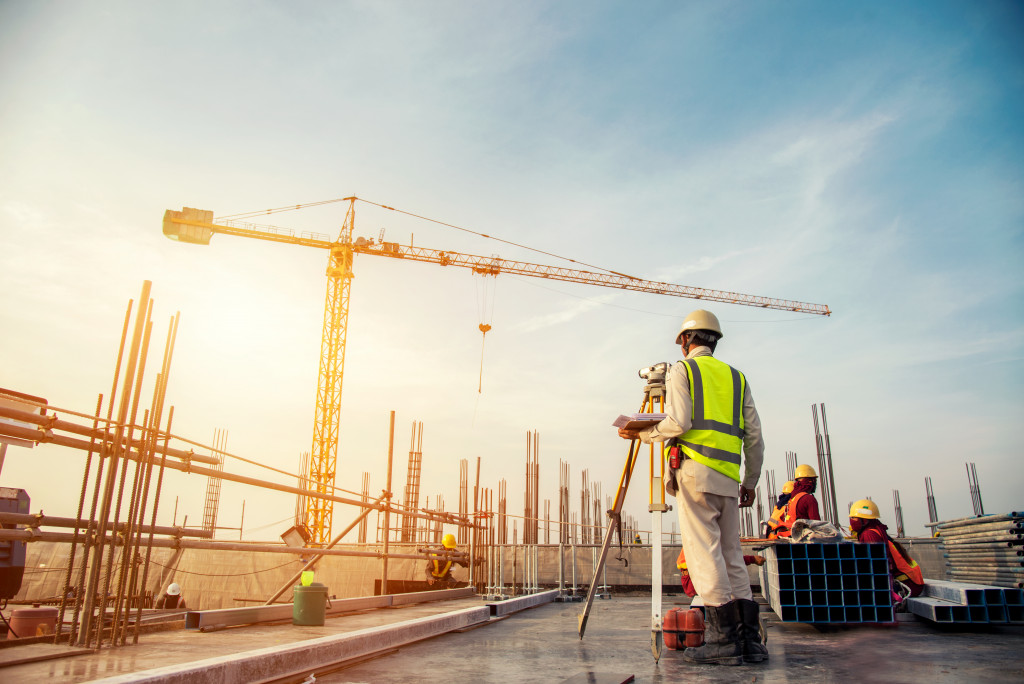The COVID-19 outbreak and related shutdowns impacted the construction sector in many nations. The pandemic’s detrimental effects may be seen in the timeframes of many vital projects. The growing emphasis on infrastructure and the advancement of automation in construction and industrial processes has had a significant effect on market growth.
The road construction equipment market has grown significantly in recent years due to increasing road-building projects conducted by federal and local governments, particularly in Asia-Pacific.
The need for cost-effective machinery, along with regulatory demands for reduced emissions, is putting pressure on heavy machinery makers to choose electric (for instance, an electric forklift) and hybrid vehicles over conventional hydraulic and mechanical vehicles. Leasing or renting construction equipment has become more popular due to the high cost of the equipment and the maintenance process.
Given the price, there are additional advantages to renting heavy machinery. Rental businesses supply the equipment, as well as the necessary skilled machine operators and drivers.
The building business is becoming more sophisticated. Digital revolution, interconnectivity, and robotics are propelling development ahead, with significant implications for building projects. Furthermore, rental firms are preparing to invest in new technologies to meet the increasing demand for sophisticated construction equipment and replace outdated fleets with new or updated machinery fleets.
A rise in Complexity of Demands
With the introduction of new technology, the building sector is becoming more efficient. It is no surprise that businesses can now construct skyscrapers in a couple of months. However, such wonders require the use of sophisticated building machinery. Users want construction equipment to be more efficient, versatile, and long-lasting. Tires and tracks, for example, are the most costly consumable components of a construction machine.
Contractors utilize such equipment for a wider variety of tasks and are under pressure to produce on time without sacrificing durability. They also aim to get the most equipment with the least amount of capital and upkeep. Manufacturers are also using tire monitoring software to improve knowledge of the present condition and anticipate future problems to reduce hourly expenses.
Tracked Construction Equipment Joins the Forray
Users are increasingly choosing tracks over tires to improve the performance of heavy industrial construction equipment. It is also apparent in many industry studies that highlight the rise of compact track loaders over conventional skid steers. The tendency may be seen in the rental, construction, and agriculture industries.
Tracks offer a larger footprint, greater pulling force, more torque, and improve the equipment’s agility and stability. Such patterns are much more noticeable in areas where the seasons vary dramatically. Such tracked construction equipment is often less expensive than tires and has obvious benefits. Furthermore, manufacturers have developed an over-the-tire track (OTT) system that can transform a skid steer loader into a small track loader in minutes.
Technology Joining the Field

Drone usage in the construction sector remains one of the most rapidly increasing phenomena we’ve observed. Drone technology has many more applications than simply aerial photography in real estate and business endeavors. Drones can scan vast regions quickly and across great distances, giving businesses useful airborne weather maps and infrared pictures. Drones may help to speed up the whole building process. Safety and gear loss remain the most critical areas of responsibility in construction.
However, drones may be utilized to reach heights and perform tasks instead of human employees to avoid harm. Every year, between $300 million and $1 billion in construction vehicles are stolen. Drones may be utilized as on-site security features to save money on labor, decrease the danger of burglary, keep gear secure, and keep operations running smoothly. Drones may be used in the future to evaluate machinery use and to coordinate heavy-moving machinery by integrating AI.
Due to delays, thefts, and counterfeiters, distributing equipment and supplies may be a nightmare. When cargo is on its way, it is almost difficult to track it and verify that the products are not damaged. It may alter as a result of supply chain digitalization. Everything, from the producers to the end-users, may be recorded and therefore protected against future attacks. Of course, such a project would require highly sophisticated technology, but it is something that heavy equipment and construction companies should consider.
It’s an exciting moment to work in construction. With all of these new developments, the construction industry’s future seems extremely promising. Smart technologies are sweeping the industrial machinery and industrial equipment sectors. There is no reason to wait and see what occurs since modernization has already begun. If you want your firm to thrive in the age of digitalization, you’ll also need sophisticated commercial business management software. Utilize technology to reduce resources by decreasing time spent on preparation, deployment, and administration.

